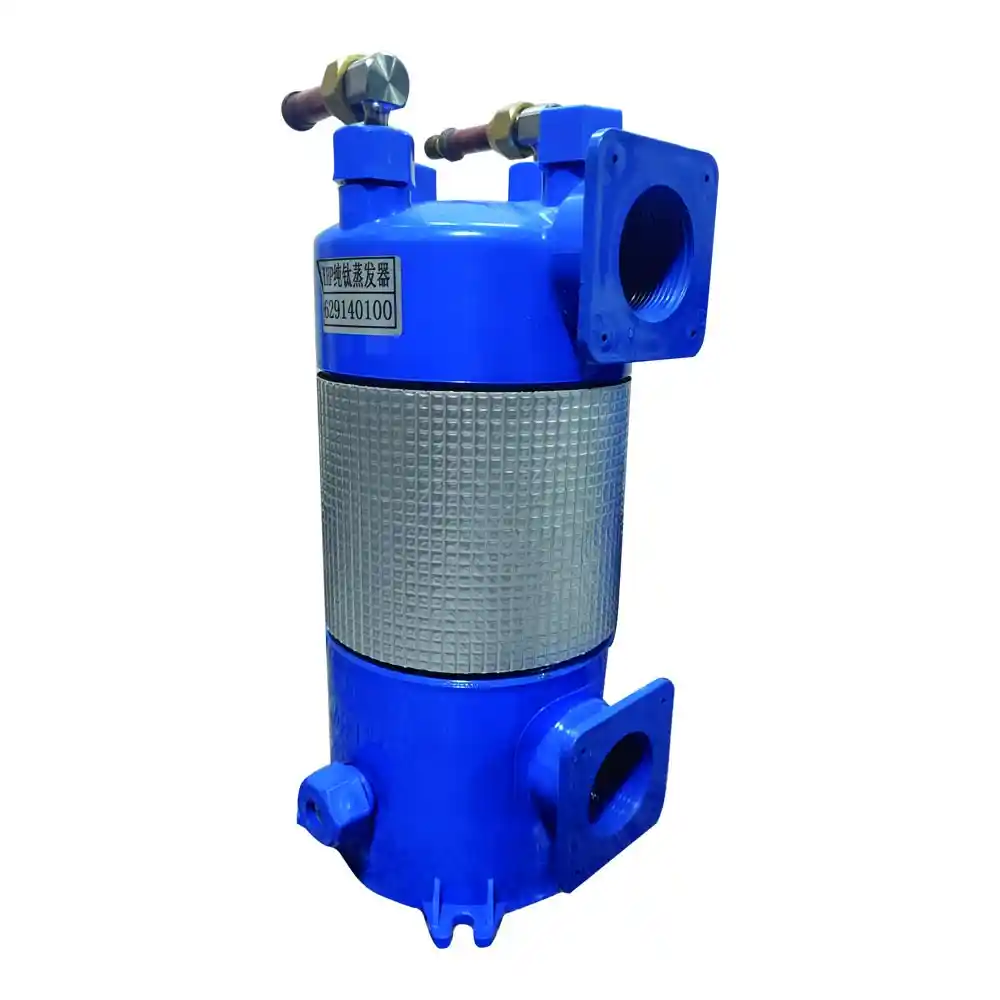Introduction
Proper packaging and shipping are crucial steps in ensuring the safe transportation and delivery of PVC blue titanium coil heat exchangers. This article explores the importance of packaging, different packaging materials, and shipping considerations to protect the heat exchangers during transit.
1. Importance of Packaging
Effective packaging serves multiple purposes, including:
1.1. Protection
- Packaging safeguards the heat exchangers from potential damage during handling, loading, and transportation.
- It prevents physical impact, vibration, moisture, and exposure to harsh environmental conditions.
1.2. Preservation
- Proper packaging preserves the quality and integrity of the heat exchangers until they reach their destination.
- It ensures that the PVC blue shells and titanium coils remain in optimal condition without any cosmetic or functional defects.
1.3. Identification and Information
- Packaging provides a means to label and identify the heat exchangers, including important information such as product specifications, batch numbers, and handling instructions.
- Clear labeling facilitates easy tracking, inventory management, and efficient handling.
2. Packaging Materials
Choosing appropriate packaging materials is essential to ensure adequate protection. Commonly used packaging materials for PVC blue titanium coil heat exchangers include:
2.1. Cardboard Boxes
- Sturdy and lightweight cardboard boxes are widely used for packaging heat exchangers.
- They provide structural integrity and can be customized to fit the dimensions of the heat exchangers.
2.2. Cushioning Materials
- Various cushioning materials, such as foam inserts, bubble wrap, and air pillows, are used to provide additional protection and absorb shocks during transit.
- These materials minimize the risk of impact damage and ensure the stability of the heat exchangers inside the packaging.
2.3. Sealing and Wrapping Materials
- Sealing tapes, stretch films, or shrink wraps are used to secure the packaging and prevent any movement or shifting of the heat exchangers during shipping.
- They offer an extra layer of protection against moisture, dust, and tampering.
Table 1: Comparison of Packaging Materials
| Packaging Material | Advantages | Limitations |
|---|---|---|
| Cardboard Boxes | Sturdy, lightweight, customizable | Limited protection against moisture |
| Cushioning Materials | Shock absorption, stability | Bulkier packaging |
| Sealing and Wrapping Materials | Secure packaging, protection | May require additional equipment/tools |
3. Shipping Considerations
When shipping PVC blue titanium coil heat exchangers, several considerations should be taken into account:
3.1. Mode of Transportation
- Choose a reliable and reputable transportation company that specializes in handling delicate and sensitive equipment.
- Consider the mode of transportation (road, air, sea) based on factors such as distance, delivery time, and the fragility of the heat exchangers.
3.2. Handling Instructions
- Provide clear handling instructions to the shipping company to ensure proper care and prevent mishandling of the heat exchangers.
- Highlight any specific requirements, such as avoiding extreme temperatures or maintaining the upright position during transit.
3.3. Insurance Coverage
- Consider obtaining insurance coverage for the heat exchangers during transit to mitigate the financial risks associated with loss or damage.
- Verify the coverage details and terms with the shipping company or insurance provider.
3.4. Documentation and Tracking
- Prepare all necessary shipping documents, including invoices, packing lists, and customs declarations.
- Utilize tracking systems to monitor the movement and progress of the heat exchangers, ensuring transparency and timely delivery.
Conclusion
Proper packaging and shipping play a vital role in safeguarding PVC blue titanium coil heat exchangers during transportation. By using suitable packaging materials, following handling instructions, and considering shipping logistics, manufacturers can ensure that the heat exchangers arrive at their destination in optimal condition, ready for installation and use.
Note: The table and content in this article are for illustrative purposes only and can be further expanded or customized based on specific requirements and industry practices.


